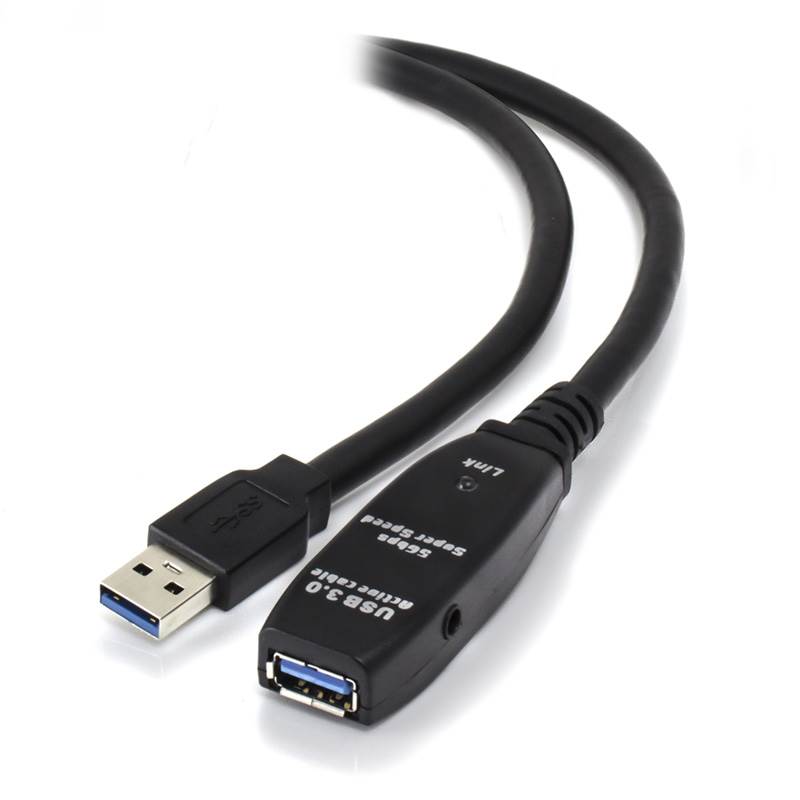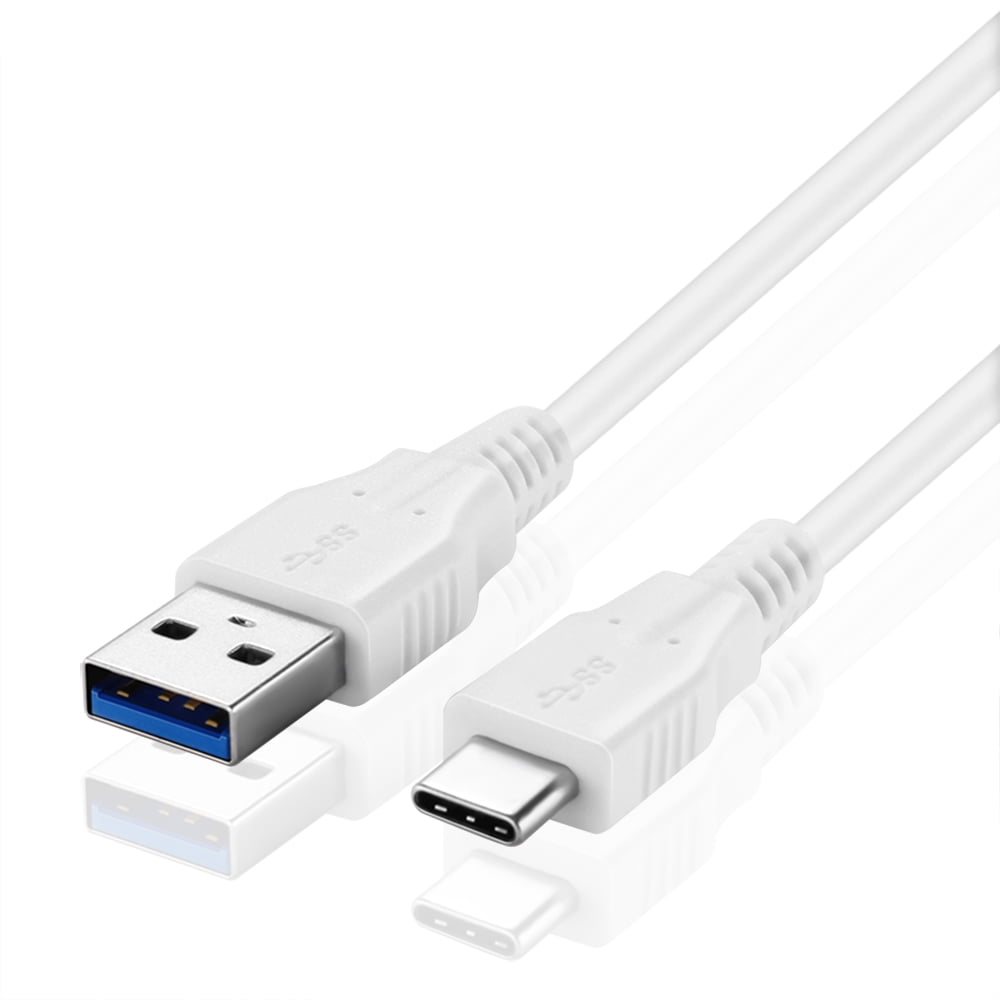

The "superspeed" data lines are crossed over for 5Gbps or 10Gbps data transfer. The D+ and D- lines used for USB 1.1/2.0 backward compatibility is also not connected, making this a USB 3.x-only cable. This cable is safe to connect two hosts together because the VBUS line is not connected. I clipped the image below out of the USB 3.0 specification document published in June 2011. It's in the USB 3.x specification and it has been since at least 2011. *except for some extremely rare cables that you will most likely never come across that don't connect the 5V power, which are effectively indistinguishable from non-compliant cables unless you pull out a multimeter. As a result, USB C devices have to be designed to handle this situation appropriately.


Not only that, it is explicitly designed to support charging a host device via a USB C connector. USB-C is a different story as is specifically designed to have identical connectors on both ends. Also, USB devices are in general designed to draw less than 500 mA, but whatever is hanging off of the 5V rail inside a host could draw orders of magnitude more than that. This can damage components on the motherboard in one or both devices. Now, you have an external 5V supply coming in to a powered-off device that isn't designed to handle it. The problem really comes when one of the devices is turned off. This in and of itself is not really a major problem, provided the source has appropriate current limiting to prevent the cable heating up and starting a fire. If you connect two computers together with a USB-A to USB-A cable, their 5V supplies are almost certainly not at the same voltage, so one of them will power the other one through the USB cable. What makes them dangerous is that the USB cable provides power, and USB hosts are in general not designed to accept power coming in the wrong way. USB OTG also uses a different connector entirely, an A/B variant that accepts both A and B type connectors, which only exists in the smaller sizes.īut this is not what makes USB-A to USB-A cables dangerous. USB on-the-go is a slightly different story as a USB OTG device will switch roles between host and device. You cannot simply connect two computers to each other via USB and have them talk to each other without inserting some component in the middle, such as two back-to-back USB to Ethernet converters or similar. First of all, USB does not allow two USB hosts to be connected to each other. A USB-A male to USB-A male cable is similar to a line cord with a male plug on both ends. Perhaps because the USB-A connector is shorter than the USB-B connector, so chinese external hard drive enclosure vendors decided to use it because it was a half a cent cheaper than the proper connector. They also exist, though I am not really sure why. It is also not compliant with the USB specification*.

However, you may run in to power delivery issues due to voltage drop. For longer distances, active cables exist that contain an internal repeater or USB hub to regenerate the signal. They work just fine as USB extension cables, provided the overall length is not too long.


 0 kommentar(er)
0 kommentar(er)
